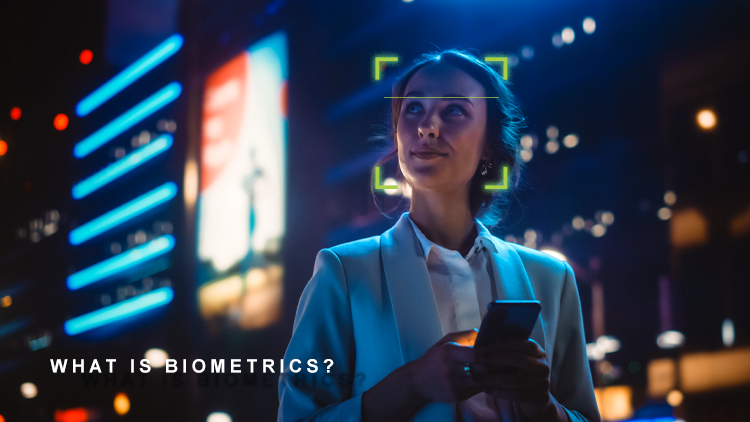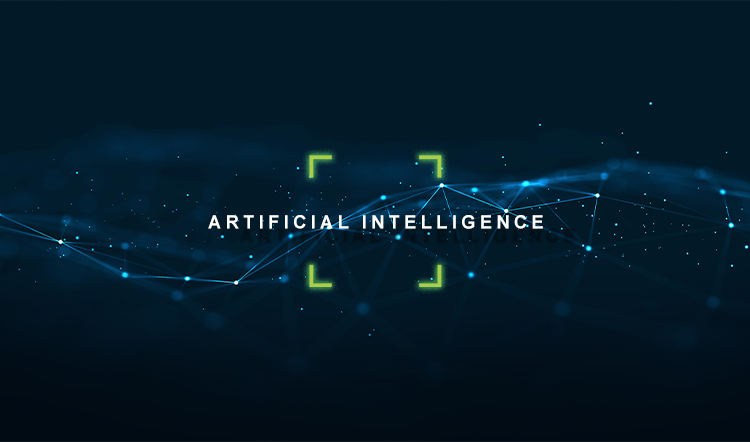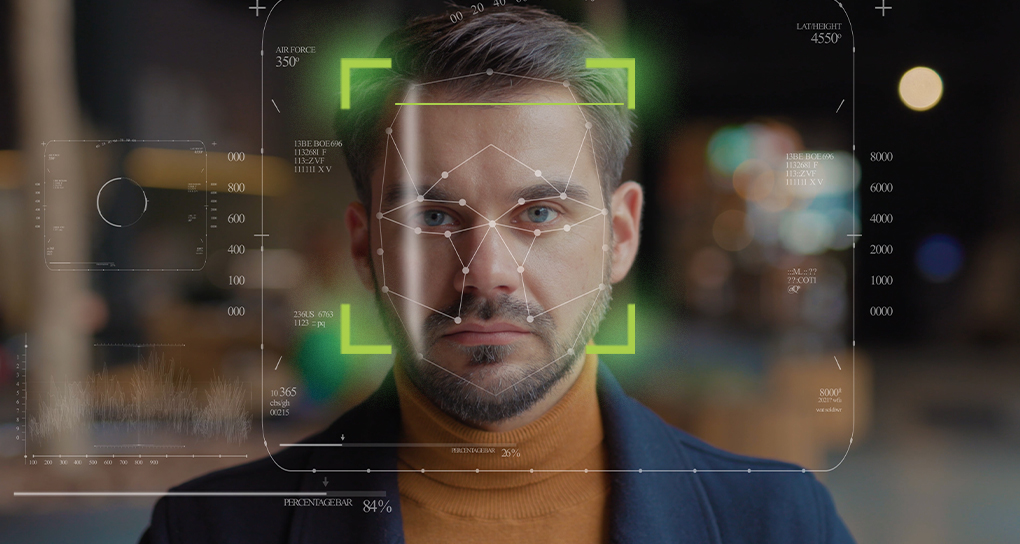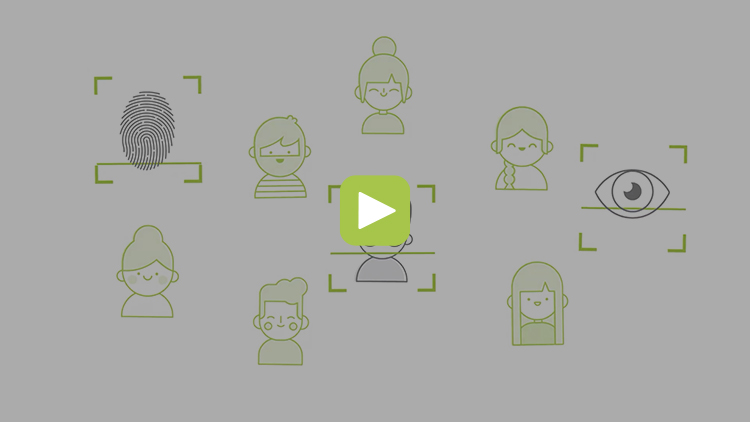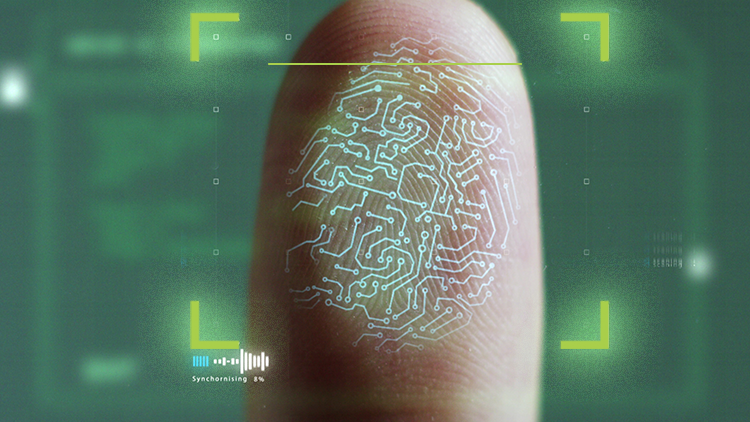
ABIS is the abbreviation
of Automated Biometric Identification System. ABIS is a software that stores
and identifies large-scale biometric data. This software stores biometric data
such as fingerprints, palm prints, plantar prints, faces, and irises. By
comparing the previously obtained data with the available data, the system
identifies matches and flags mismatches. This process is called "biometric
identification." It allows a live sample to be compared with many
biometric data recorded to find and verify the biometric record of a particular
individual. As a result of the obtained match, identification can be performed.
ABIS seeks answers to
these two questions: "Who are you?" (identification) and "Is
this person really you?" (authentication). We can give an example of
biometric identification of the system used by the police in criminal
investigations. In this system, law enforcement officers can find out whose biometric
traces belong by having the unidentified biometric traces they found at the
scene (latent prints) questioned through ABIS. Examples of biometric
authentication include facial recognition or fingerprints to unlock a
smartphone.
How does ABIS operate?
The basic working
principle of ABIS software is as follows: ABIS compares biometric data such as
fingerprints, faces, and irises of an individual with existing samples in a
database containing biometric data. Each person has unique features:
fingerprints, palm prints, plantar prints, faces, and irises. Thus, biometric
data can be associated with a single person. Abis software uses unique
algorithms that bring the right person to our attention by comparing the
information specific to this person in the system. The system brings the
compared traces to an expert in order of proximity. The expert makes the final
decision. The sample used in the search can be obtained in many different ways.
The ABIS software is used
in two different ways. The first is criminal ABIS, used to identify criminals,
while the second is civil ABIS, used in areas such as health, education, and
access control.
What are the Types of
ABIS?
Criminal ABIS is generally
designed to use biometric data that can be used concerning crime. Fingerprints,
palm prints, plantar prints or face images, and criminal record photos taken
from CCTV cameras left by a criminal at the scene are included in these latent
prints. Criminal ABIS compares these traces, which were somehow left as
evidence at the scene, with the database available and goes to a conclusion. In
line with this result, the permit holder left at the scene is compared with the
biometric data previously recorded in the system. If the biometric data
obtained from the scene match the evidence, the permit holder obtained from the
scene is determined. If the prints in the database do not match the latent
print, latent prints are also recorded in the database as unattended. Thus, it
can be ensured that unclaimed traces are also included in the identification
process.
Another type of ABIS is
called civil ABIS. Civil ABIS can be used in many areas, such as health,
education, security, social benefit programs, election systems, passage control,
and border control. According to the criminal ABIS, the most significant
difference from civil ABIS is that the latent prints are not used. Civil ABIS
is usually processed through fingerprints, palms, and face prints, which are
generally identified. Civil ABIS can match fingerprint, palm print, face, and
iris samples with large-scale available biometric templates with incredible
accuracy. In addition, it can match the traces in the database with the traces
obtained in seconds.
HOLISTIKA ABIS meets all
your needs in the field and the center with its high matching rate, huge
database, wide usage area, and HOLISTIKA NEURO artificial intelligence module.

